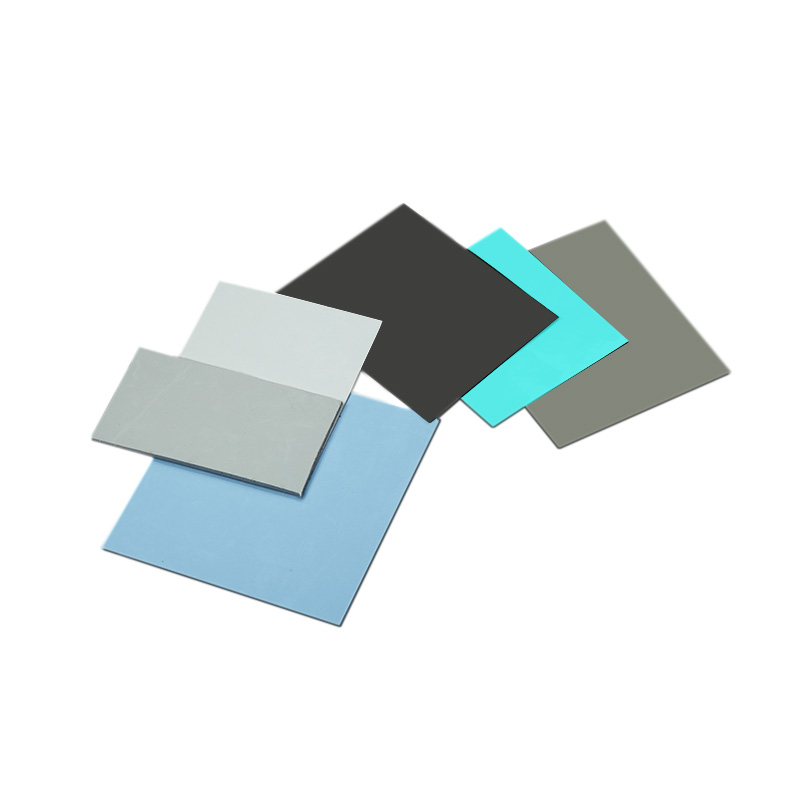Cell phone:13600151511 (Manager Gao)
Cell phone:15813720327(Director Chen)
Phone:+86 0755 29832951
Office Address:East of 201, No. 20-5, Jixiang 1st Road, Pingxi Community, Pingdi Street, Longgang District, Shenzhen
Factory Address:No.2,Fudong 4th Road,Dong'ao Village,Shatian Town,Huiyang District,Huizhou City,Guangdong Province,China
Understanding thermal conductive silicone is one of the foundations of proper application of computer heat dissipation. Heat when using a computer has always been a big problem for everyone, we are always thinking of various ways to reduce the operating temperature of the computer, so that thermal management is a very important part of maintenance, understanding the thermal conductive silicone is one of the foundations of the correct application of computer cooling.
1. Proper selection of the right thermally conductive silicone.
Most thermally conductive silicone grease compounds contain silicone and zinc oxide, and then more expensive compounds contain excellent heat-resistant conductors, such as silver or ceramic powder. The advantage of silver or ceramic powder thermally conductive silicone grease is that you will have a more efficient heat transfer. But really, basic thermal conductive silicone grease will be sufficient for most people. If you are planning on overclocking your computer, try to get a thermal grease made of mostly silver, copper and gold. These are the most favorable metals that thermally conductive silicone grease can be made from.
2. Clean the surface of the heatsink and CPU with a masonry base.
Use a cotton swab or cotton ball with isopropyl alcohol dipped gently wipe off the surface dirt. Alcohol is better than a higher percentage, 70% is good, but 90% is better.

3. Sand heat sink and if necessary processor surface.
Ideally, both contact surfaces will be completely flat, which will completely eliminate the need for thermal paste. If your heat sink base is rough, you can wet sand it down and polish it up to make it smoother. This isn't always necessary unless your goal is for ultimate cooling performance. Thermally conductive silicone grease is added to the surface to fill in gaps and defects. Because modern production techniques cannot make a defect-free surface, thermally conductive silicone will always be necessary.
4. Place the thermally conductive silicone grease in the center of the heat sink substrate.
The bead of paste should be smaller than a BB or a grain of rice. If you know that this should be "pea-sized", that is, too much paste, you will end up with a paste on the motherboard. There is no need to spread the silicone grease to circulate the cooler, as the pressure being applied will spread it evenly on its surface.
5. Attaching external heat sink to the processor.
Instead of mounting the heatsink with pressure from all sides, and the beads you place on the surface will spread over the entire contact surface. This will create a thin, even layer, which will fill the gap and also avoid excessive buildup. As the heat is applied, the paste will become thinner and spread more towards the edges. This is why it is important to use a small amount of paste, because a little goes a long way.
6. Do not remove the radiator after installation.
It can be hard to check if your radiator has been applied correctly. If you break the seal created when installing the heatsink, you will need to reboot the process by first cleaning over the old paste and then reapplying the thermal grease.
7. Reconnect the fan to the motherboard.
The CPU fan wire should be plugged in the CPU fan socket because it mainly has a PWM function, which allows the computer to automatically adjust the fan speed without changing the voltage.
8. Boot the fan cooling system.
Check the fan rotation during POST by pressing F1 or Del key to enter BIOS. check the body temperature is normal and the CPU temperature should be below 40 degrees Celsius when idle.

- Website Home - About Us
- News - Product Show
- Honors and Qualifications - Production strength
- Case Studies - Online Message
- Contact Us
Contact Method:13600151511
Mailbox:gaowenjie@keshihua.com
Office Address:East of 201, No. 20-5, Jixiang 1st Road, Pingxi Community, Pingdi Street, Longgang District, Shenzhen
Factory Address:No.2 Fudong 4 Road, Dong'ao Village, Shatian Town, Huiyang District, Huizhou City, Guangdong Province

Follow us
